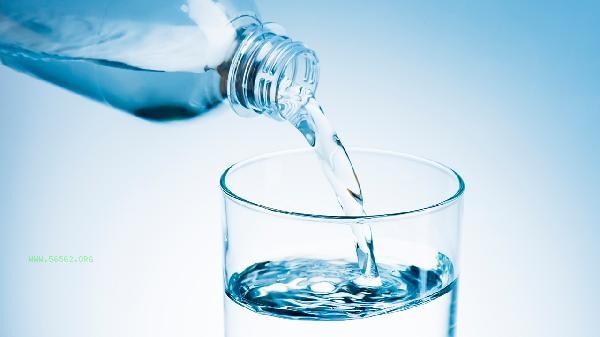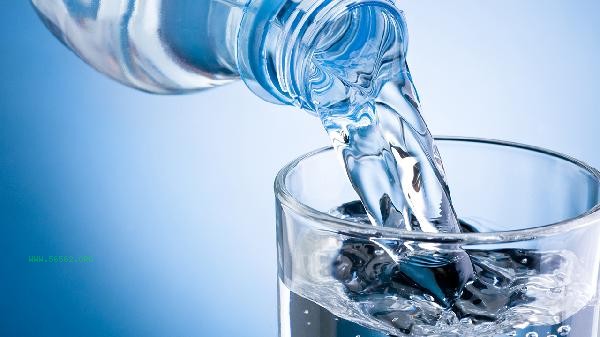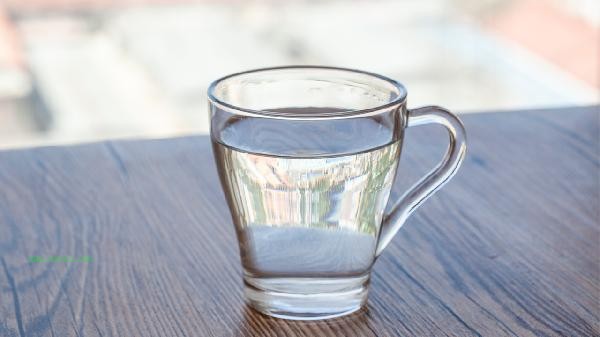Oil layers appearing on the water surface can usually be treated through physical adsorption, chemical decomposition, biodegradation, and other methods. The formation of oil film is mainly related to factors such as cooking oil fume emissions, industrial waste oil leakage, vehicle oil leakage, cosmetic residue, and edible oil dumping.

1. Physical adsorption
uses oil absorbing felt or paper to directly adsorb oil layers on the water surface, suitable for small-scale oil pollution treatment. Oil absorbing materials are mostly made of polypropylene fibers, which can quickly absorb oil without absorbing water. When dealing with the oil film on the household sink, you can spread the kitchen paper towel flat on the water surface and gently press it before lifting it up. professional oil absorbing equipment should be selected for outdoor water pollution, and waste adsorption materials should be properly collected after operation.
2. Chemical decomposition
uses surfactants to decompose oil films, which is suitable for emergency treatment of industrial oil pollution. Emulsifier products can disperse oil droplets into small particles, but it should be noted that some chemical agents may be toxic to aquatic organisms. In a home environment, edible alkali and hot water can be used to wash the surface of oil stains. Alkaline environment helps with the saponification and decomposition of oil. After processing, it is recommended to rinse with plenty of water to avoid residue.
3. Biodegradation
uses microorganisms to degrade oil and is suitable for long-term oil pollution control. Bacillus subtilis and other oil degrading bacteria can decompose fatty acid chains, and it is necessary to maintain the dissolved oxygen content and suitable temperature in the water. When oil film appears in a household fish tank, nitrifying bacteria can be added to reduce excessive feeding. The restoration of natural water bodies requires the use of aeration devices to accelerate microbial metabolism, and the entire process may take a long time.

4. Mechanical Separation
Installation of oil-water separator to intercept floating oil, suitable for wastewater treatment in the catering industry. The oil separation tank separates oil and grease through the principle of gravity settling, and the oil content of the treated wastewater can be reduced. A small household separator can be installed at the drain pipe of the sink, and the collected waste oil needs to be cleaned regularly. Large equipment requires professional maintenance, and the separated waste oil should be handed over to qualified recycling institutions.
5. Source control
Reduce the direct discharge of oil into water bodies and prevent the formation of oil films. The kitchen should be equipped with an oil filter to intercept food residues, and fried waste oil should be bagged and discarded after cooling. When washing the car, avoid cleaning the oil filter near the drainage outlet. Industrial equipment should be regularly inspected to prevent lubricant leakage. Do not dispose of oily waste into water bodies during outdoor activities, and reduce the probability of oil pollution from daily habits.

During the treatment process, appropriate methods should be selected according to the type of oil pollution. For edible oil pollution, hot water flushing can be attempted in conjunction with dishwashing detergent. For mineral oil pollution, professional adsorbent materials should be used. It is recommended to wear rubber gloves when dealing with the home environment to avoid skin allergies caused by oil contact. After completing the oil removal operation, thoroughly clean the tools to prevent secondary pollution. For large-scale industrial oil stains or unknown chemical oil stains, it is necessary to immediately contact the environmental protection department for professional disposal. Do not use hazardous materials such as strong acids and alkalis on your own. Keeping the drainage system unobstructed on a daily basis and regularly checking the sealing of pipeline interfaces can effectively prevent the repeated formation of oil films.








Comments (0)
Leave a Comment
No comments yet
Be the first to share your thoughts!